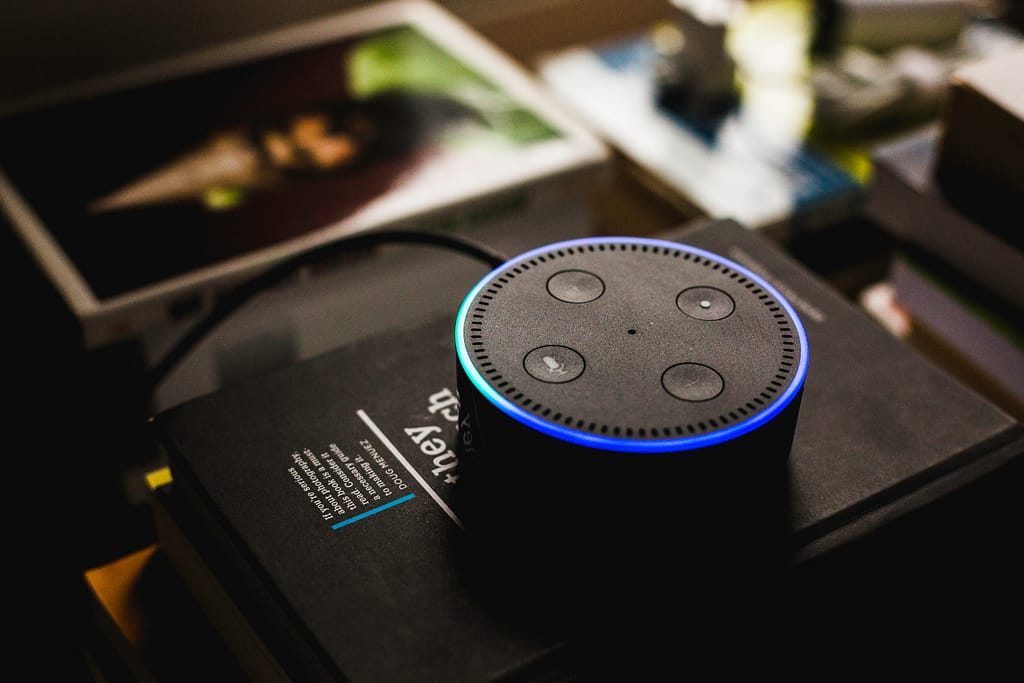
Unlocking the Potential of Edge AI in the Internet of Things
The Internet of Things (IoT) has revolutionized the way we interact with technology, connecting everyday objects to the internet and enabling them to collect and exchange data. This interconnected world of devices, sensors, and data has opened up a plethora of opportunities, but it also presents unique challenges. One of the most significant challenges in IoT is processing and making sense of the vast amounts of data generated at the edge of the network. This is where Edge AI, the integration of artificial intelligence on IoT devices, comes into play.
Edge AI, also known as edge computing with AI, involves deploying AI algorithms and models directly on IoT devices or on nearby edge servers, rather than relying on a centralized cloud infrastructure for processing. This brings numerous benefits, including reduced latency, improved privacy, and enhanced efficiency. In this article, we will explore some of the exciting use cases for Edge AI in the Internet of Things.
1. Real-Time Object Recognition
One of the most compelling use cases for Edge AI in IoT is real-time object recognition. Imagine a smart surveillance camera that can not only capture video but also analyze it on the spot to identify objects, people, or potential threats. This application is critical in security and surveillance systems, where immediate response is essential. Edge AI empowers these cameras to process data locally, reducing the time it takes to detect and respond to events. This is invaluable for public safety, smart cities, and even home security systems.
2. Predictive Maintenance
Edge AI is a game-changer for industries that rely on machinery and equipment. Manufacturing plants, for example, can deploy sensors equipped with AI models to monitor the condition of machines in real-time. These sensors can detect anomalies, wear and tear, or potential faults and send alerts to maintenance teams before a breakdown occurs. This not only saves money by reducing downtime but also enhances worker safety by minimizing the risk of accidents.
3. Healthcare Monitoring
In the healthcare sector, Edge AI is a promising technology for continuous patient monitoring. Wearable devices, such as smartwatches and medical sensors, can use AI to analyze vital signs and provide real-time health insights. This not only allows individuals to track their well-being but also enables healthcare professionals to remotely monitor patients and intervene when necessary. In emergency situations, quick response times can be a matter of life and death, making Edge AI a valuable addition to healthcare IoT.
4. Autonomous Vehicles
The development of autonomous vehicles is heavily reliant on Edge AI. Self-driving cars need to make instant decisions based on sensor data to ensure passenger safety and navigate complex road conditions. Edge AI enables these vehicles to process data in real-time, such as recognizing pedestrians, other vehicles, and road signs, making autonomous driving a safer and more reliable technology.
5. Smart Agriculture
Agriculture is another field that benefits from Edge AI in IoT. Smart farming involves the use of various sensors and AI to monitor and optimize crop growth, water usage, and the health of livestock. By processing data at the edge, farmers can make timely decisions to enhance crop yield, reduce resource wastage, and manage their operations more efficiently.
6. Retail and Customer Insights
Retail businesses can leverage Edge AI to enhance customer experiences. Smart shelves and cameras equipped with AI can track inventory levels and provide real-time data on product availability. Additionally, these systems can analyze customer behavior to offer personalized product recommendations and improve store layouts. Edge AI in retail not only streamlines operations but also enhances customer engagement.
7. Energy Management
Efficient energy management is critical for sustainability, and Edge AI can play a significant role in optimizing energy consumption. IoT devices can monitor energy usage in real-time, adjusting lighting, heating, and cooling systems to save energy without sacrificing comfort. In industrial settings, Edge AI can also predict peak energy consumption times, helping to reduce electricity costs.
8. Environmental Monitoring
Edge AI is a valuable tool for environmental monitoring and conservation efforts. For instance, IoT devices equipped with AI models can monitor air quality, detect pollution sources, and analyze animal behavior in natural habitats. This data can inform better decision-making for protecting the environment and wildlife.
9. Smart Cities
The concept of smart cities is becoming a reality, thanks to Edge AI. Traffic management systems use AI to optimize traffic flow and reduce congestion, while streetlights can adjust their brightness based on real-time data, saving energy and reducing light pollution. Waste management is also improved with sensors that optimize collection routes and schedules.
10. Emergency Response
During emergencies, such as natural disasters or accidents, every second counts. Edge AI can enhance emergency response systems by analyzing data from various sensors and cameras, helping authorities quickly assess the situation and allocate resources effectively. For example, in a fire, AI-equipped drones can provide real-time imagery to firefighters, enabling them to make informed decisions about where to focus their efforts.
Challenges and Considerations
While Edge AI offers immense promise, it also comes with its own set of challenges. The limited computational resources of Internet of Things devices, power constraints, and the need for continuous model updates are all important considerations. Developing and deploying AI models for the edge also requires expertise in optimizing algorithms for specific hardware and software environments.
Furthermore, security and privacy concerns are paramount when implementing Edge AI. As data is processed closer to the source, there’s a need to ensure the protection of sensitive information and the prevention of unauthorized access.
Lastly, interoperability and standardization remain ongoing challenges in the IoT ecosystem. To fully realize the potential of Edge AI in IoT, it’s crucial for different devices and platforms to work seamlessly together.